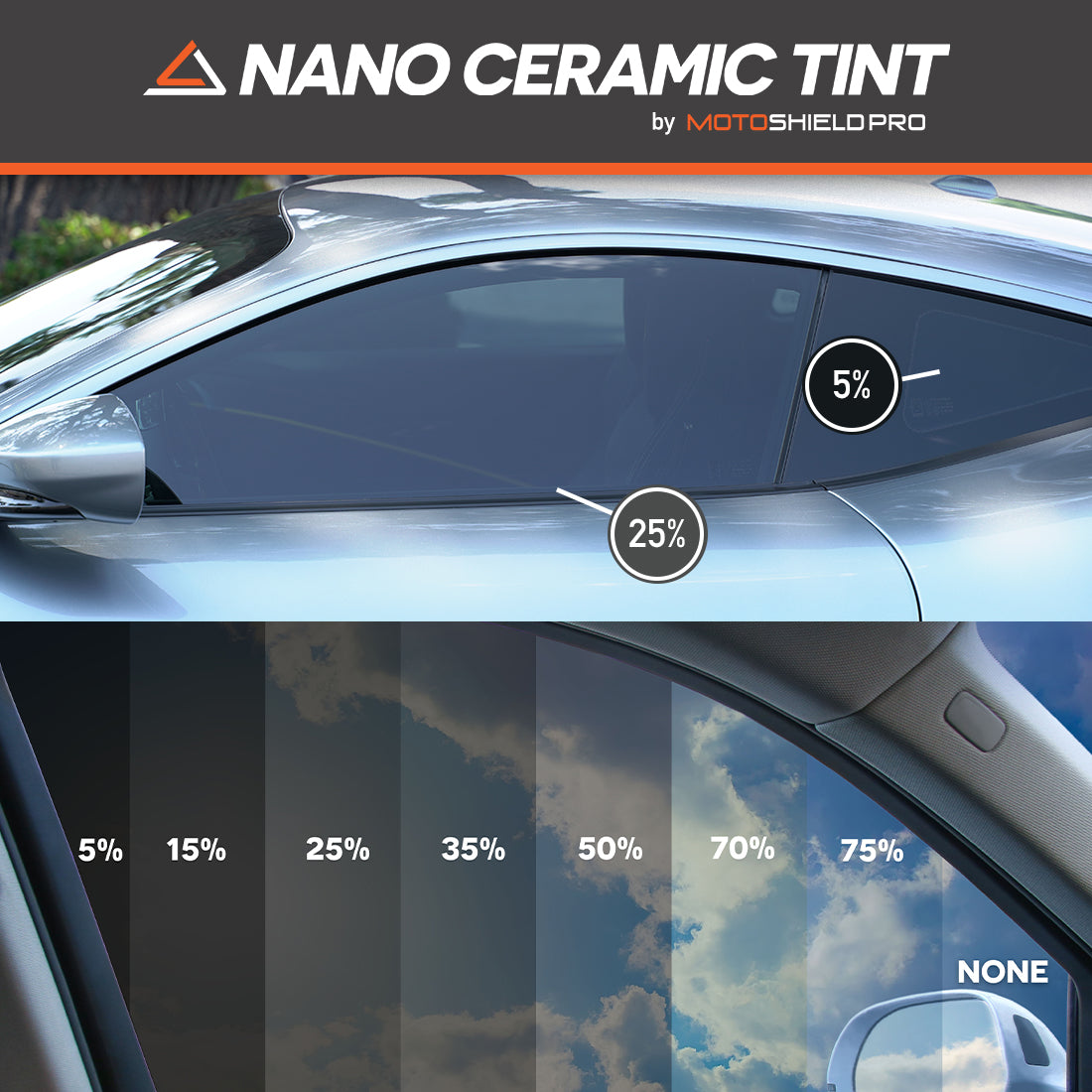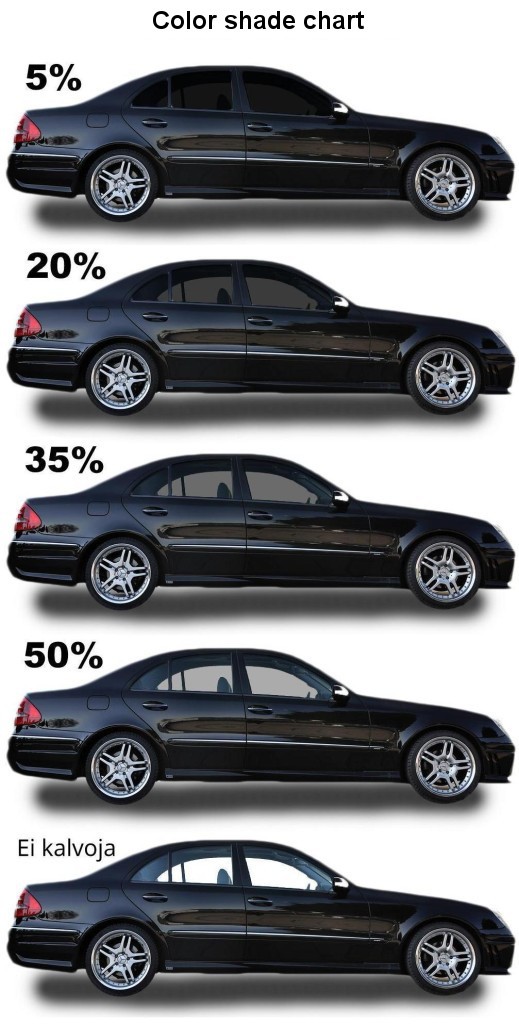Vehicle Window Tinting: Enhance Convenience and Decrease Glow While Driving
Vehicle Window Tinting: Enhance Convenience and Decrease Glow While Driving
Blog Article
Window Tinting Regulations and Standards: What You Need to Know Before Tinting Your Car
Prior to proceeding with window tinting for your lorry, it is vital to familiarize yourself with the diverse laws and guidelines that regulate this technique throughout different states. These regulations dictate the permissible degrees of color darkness, often measured by visible light transmission (VLT) percents, and consist of particular terms for front windshields aimed at making certain road safety.
Review of Home Window Tinting Rules
Home window tinting legislations are regularly based on variant throughout various jurisdictions, reflecting local policies and safety and security considerations. These regulations determine the permitted degrees of color darkness and reflectiveness on car windows, ensuring that drivers maintain ample exposure while also safeguarding against hazardous UV rays and warm.
Many regulations categorize home window tinting based on the Visible Light Transmission (VLT) percentage, which indicates the amount of light that can go through the window. Usually, reduced VLT percents signify darker tints. Regulations often differentiate between the front, side, and back windows, with stricter constraints related to the front windshield to boost safety for both the vehicle driver and other roadway users.
Additionally, some jurisdictions impose restrictions on the reflectivity of the tint, stopping too much glare that might hinder presence. Exemptions to these legislations might exist for people with details medical problems requiring extra sun protection. Compliance with home window tinting regulations is critical, as infractions can result in penalties, mandatory elimination of the tint, and possible boosts in insurance coverage costs. It is essential for vehicle owners to familiarize themselves with local regulations before continuing with home window tinting installments.
State-by-State Color Laws
Comprehending the specific home window tinting laws in each state is important for automobile owners seeking to adhere to the regulation. Each state in the U.S. has developed its own set of rules controling window tinting, which can vary substantially. These laws often determine the permitted degrees of color darkness, the kinds of home windows that can be tinted, and any medical exemptions that might use.
For circumstances, states like California have rigorous limitations on tint darkness for front home windows, while others, such as New Mexico, might enable darker tints. Furthermore, particular states mandate certain presence portions for various windows, consisting of the windshield, front side windows, and rear windows. It is crucial for auto proprietors to acquaint themselves with their state's legislations to prevent prospective penalties or charges.
Furthermore, some states might call for an accreditation sticker to be put on tinted windows, showing conformity with state laws. Failure to stick to these guidelines not only takes the chance of lawful repercussions however can likewise affect safety and presence while driving. As a result, automobile proprietors should conduct comprehensive study or get in touch with local authorities to make certain complete understanding and compliance with state-by-state tint regulations.
Allowed Color Degrees and Types
Lots of vehicle owners might be amazed to learn that enabled tint degrees and kinds differ widely across different states. Each state has developed its very own laws regarding the allowable darkness and reflectivity of window tint, commonly determined by Visible Light Transmission (VLT) portions. VLT refers to the amount of light that can travel through the colored windows; therefore, you can try this out a lower percent shows a darker tint.

Furthermore, the kinds of tint products enabled can differ, with some states restricting metal or mirror-like surfaces. It is crucial for car proprietors to acquaint themselves with their state's specific regulations to guarantee conformity. Non-compliance can cause fines, necessary elimination of the tint, or other lawful consequences, making it vital to comprehend these guidelines before waging setup.
Medical Exceptions for Tinting
While not all states give allocations for medical exemptions concerning home window tinting, those that do identify the necessity for details individuals to boost visibility and comfort because of medical problems. Different clinical problems, such as lupus, skin cancer cells, and particular eye disorders, can render people especially delicate to sunshine. These people might require darker tints to secure themselves from damaging UV rays and glare.

It is very important to keep in mind that even with a clinical exception, there might still be limitations on the degree of color allowed. Conformity with state laws ensures that people are both protected and within lawful limits. Those considering clinical exceptions ought to call their local Division of Electric motor Autos or equivalent authority to comprehend the procedures and needs necessary to obtain an exemption successfully.
Fines for Non-Compliance
Failing to abide by home window tinting laws can lead to considerable penalties, which vary by state. Regulation enforcement firms are equipped to issue citations for automobiles that do not abide by the specified tinting laws. These charges generally consist of fines, which can vary from moderate total up to several hundred bucks, relying on the seriousness of the offense and the state in inquiry.
In some jurisdictions, repeated offenses might cause escalating fines or added charges, such as required court appearances. Non-compliance may demand the elimination of illegal tinting, commonly at the proprietor's cost. In severe situations, habitual wrongdoers might face suspension of their lorry enrollment till compliance is achieved.
Furthermore, insurance coverage ramifications might develop from obtaining several citations for home window tint offenses. Insurance companies might view such violations as a sign of riskier behavior, possibly leading to boosted premiums or difficulty in coverage.
To avoid these penalties, it is critical for lorry owners to familiarize themselves with their local home window tinting legislations and ensure that their automobile complies (Window Tinting). This aggressive strategy not just avoids lawful ramifications but also advertises road security
Verdict

A lot of laws classify home window tinting based on the Visible Light Transmission (VLT) percent, which indicates the quantity of light that can pass through the window. Conformity with window tinting guidelines is vital, as infractions can result in fines, necessary removal of the color, and potential increases in insurance coverage premiums.Recognizing the details home window tinting laws in each state is important for automobile proprietors looking for to comply with the regulation. These policies commonly determine the allowed levels of color darkness, the kinds of home windows that can be tinted, and any kind of clinical exceptions that might apply.
For instance, states like California have rigorous constraints on tint darkness for front windows, while others, such as New Mexico, might allow darker tints.
Report this page